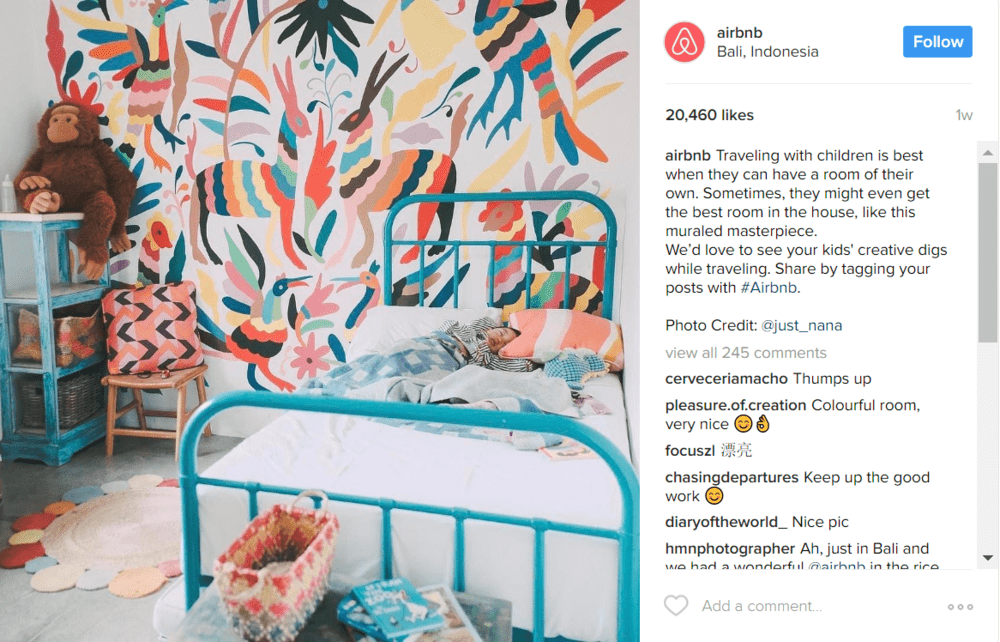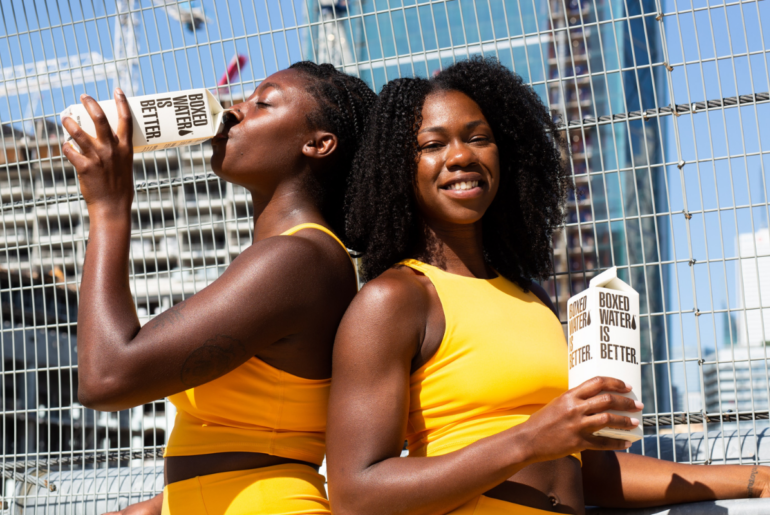Any smart marketer knows the value of repurposing content – you save resources, time, and money. But the tricky part is deciding which content is worthy.
We’ve done our research here at TINT, and we know the answer to that question is user-generated content (UGC). Not only are you saving resources, but you’re also increasing brand advocacy and loyalty. That’s because it’s probably the most effective in persuading other consumers to buy, and it actually works.
In fact, studies show 93 percent of consumers find UGC to be helpful when making a purchasing decision. And the authenticity of the content is invaluable – 87 percent of brands use UGC in order to share ‘authentic content’ and another 72 percent believe it increases engagement with audiences.
We’re here to share two of the most effective ways to repurpose UGC. Tune in later this week for Part 2, where we’ll share two more UGC repurposing tips.
1. Reshare on Social Media
This is the most obvious and easiest place to start when it comes to repurposing user-generate content. It’s a key way to build up trust on social media, drive consumers to your site and convert them into leads.
Consumers who are browsing a never-ending social stream react more positively to authentic UGC because it is content they can trust: 70 percent of consumers trust user-generated recommendations more than professional content and copy.
While you should always be retweeting or re-sharing UGC as it’s posted, try taking it even further. Use hashtags to promote the creation of UGC and then reshare those posts on your channels. When consumers see there’s a chance to be featured on a brand’s social channels, they’ll likely want to participate in the hashtag, and whenever someone is featured, they’re bound to share it with their friends.
You can also use a collection of UGC to support a specific theme on social media. Pull out posts and use them to advertise around different products, sales or specials.

2. Paid Advertising
Thirty percent of internet users (more than 600 million devices) use ad-blockers to prevent digital advertising across websites. This figure is a 30 percent increase annually, according to FairPage – a company seeking to solve this problem for publishers and advertisers.
When you look at the ROI on ads with UGC, the increase in ad-blockers isn’t surprising, as UGC-based ads get 4x higher click-through rates than average brand advertisements.
Try taking content from your influencers and translating it into digital advertising for PPC or CPC. When you create campaigns like these with UGC, you’ll see 29 percent higher web conversions than campaigns without it.
Interested in more?


